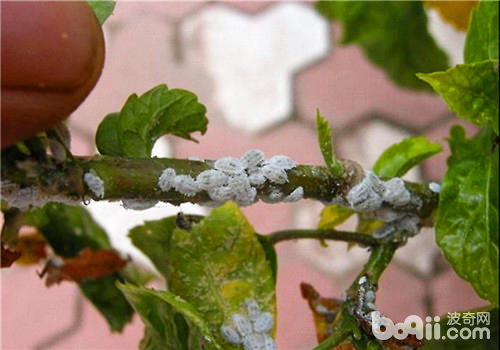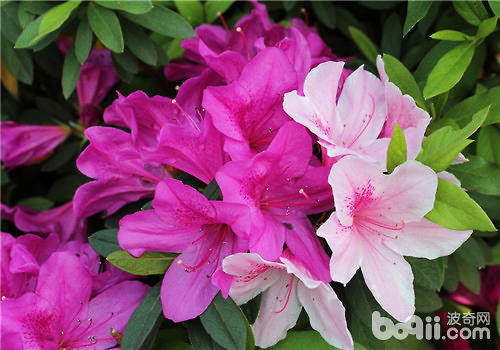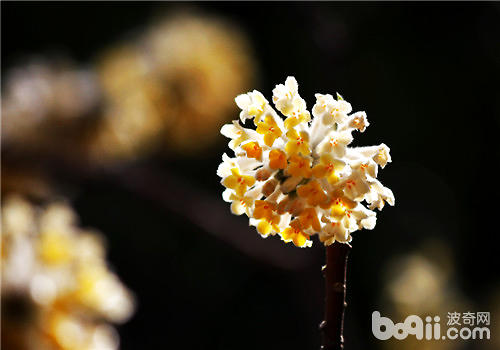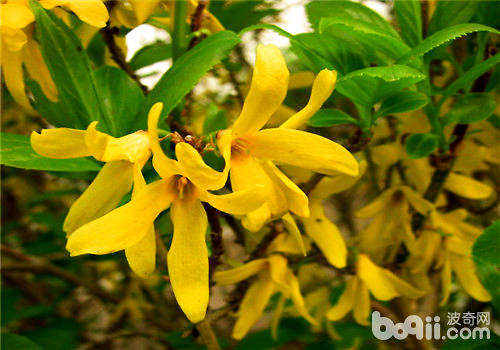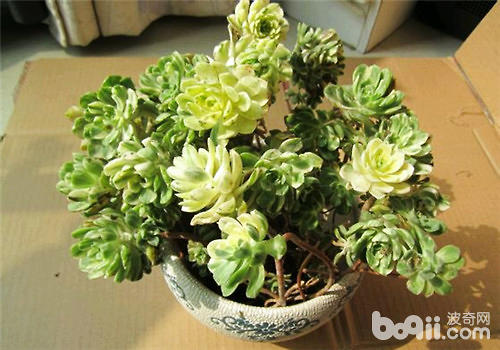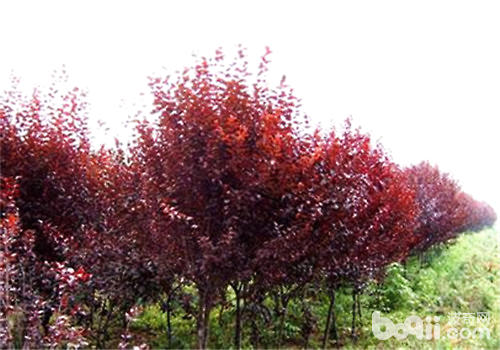It is an epiphyte and is also known as “Double Flying Swallow” in Guangzhou because its flowers resemble two flying swallows when they bloom. The flowering period of the spring can be up to a month long, so it is loved by many flower lovers.
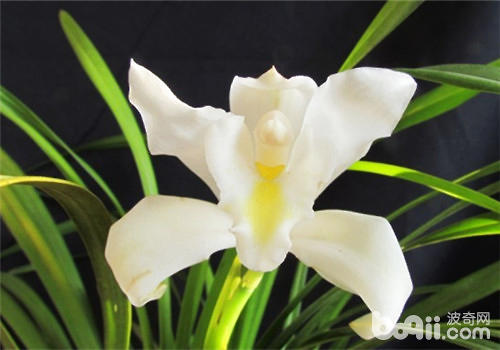
Doppelganger
Separation
In the spring and fall can be carried out, generally every three years to divide the plant. Where the plant grows strong, dense pseudobulbs can be divided, after the division of each clump to save at least 5 connected to the pseudobulbs. Reduce watering before dividing, so that the potting soil is more than. After dividing the plants on the pot, the first broken tiles over the hole in the bottom of the pot, and then paved with coarse gravel, accounting for the depth of the pot 1 / 5 to 1/4, and then put a small amount of fine soil and coarse grain soil, and then planted with humus-rich sandy loam. Planting depth to the pseudobulb just buried in the soil strength, the edge of the pot to stay 2 cm along the mouth, paved with Cuiyun grass or fine gravel, and finally watered, placed in the shade for 10-15 days, to keep the soil moist, and gradually reduce the watering, for normal maintenance.
Sowing
DuoZhanChun seed is very fine, there is only an incomplete development of the embryo within the seed, germination force is very low, coupled with the seed coat is not easy to absorb water, with the conventional method of sowing can not sprout, so you need to use orchids or artificial media to supply nutrients, in order to germinate. Sowing the best choice is not yet cracked fruit, surface sterilized with 75% alcohol, take out the seeds, with 10% sodium hypochlorite soak 5-10 minutes, take out and then rinse with sterile water 3 times can be sown in a culture bottle with culture medium, and then put in a dark culture room, the temperature is maintained at 25C or so, sprouting and then moved to the light that can form the original bulb. From sowing to transplanting, it takes half a year to one year. Tissue culture has been successful, where possible, this method of reproduction.

